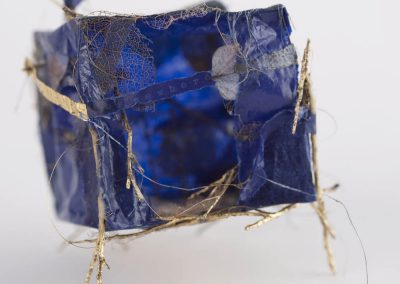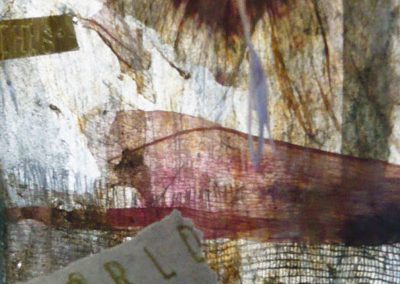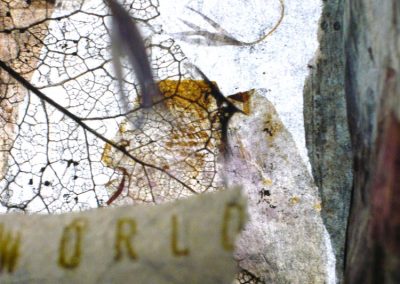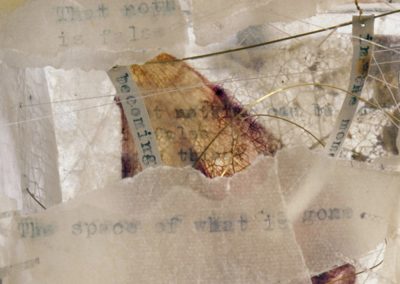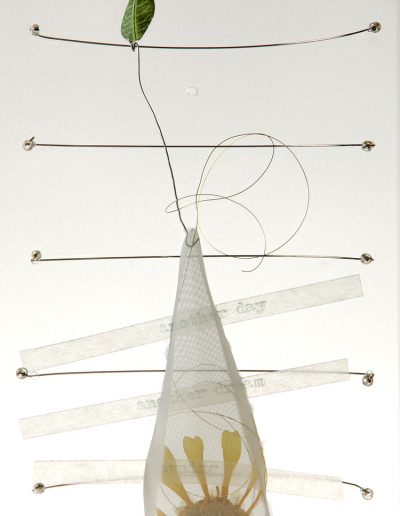Gallery
Poem Houses
As both an artist and a reader I am particularly drawn to and often feel, when reading a poem, that I have stepped into a room – or series of rooms – that feels at once familiar and completely new and so am offered an opportunity to move around in there, pausing to pay attention to and exploring the spaces that I encounter within it, sensing its textures, colours, sounds, smells, as I become better acquainted with its unique inner life. This has led me to create small sculptures – three-dimensional responses to poems – christened ‘Poem-Houses’ by poet, Diana Hendry – offering not only a ‘way-in’ but also possible ways of ‘being-in’ a poem and of exploring its materiality…
The poet Emily Dickinson considered poetry to be richer than prose:
I dwell in Possibility –
A fairer House than Prose –
More numerous of Windows –
Superior – for Doors –
In poetry, stanzas are similar to paragraphs in prose, though are also quite different in terms of feeling. While both stanzas and paragraphs include connected thoughts, set off by a space, or pause – the word ‘stanza’ means ‘room’ in Italian – ‘a station’, ‘a stopping place’. Each stanza in a poem is like a room in a house, a lyric dwelling place. In her “Home for a poem”, poet Christine de Luca suggests the function of a poem as being to house something worth saying, infiltrate site and texture with harmonious space.
The late Seamus Heaney described a poem as a “setting apart of language – making a ‘thing’ of it and housing it differently”. This concrete presence – what Ruth Padel calls “the texture of the now” – is vital to the richness that is my experience of poetry.


